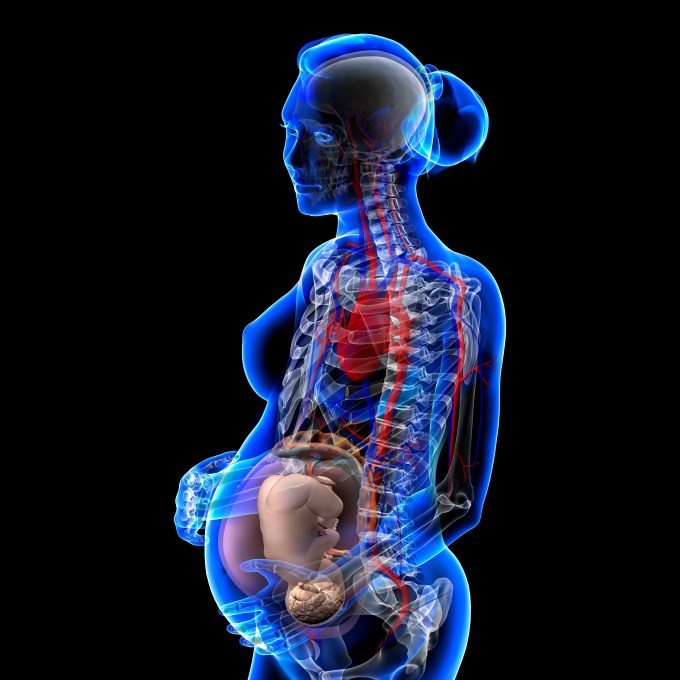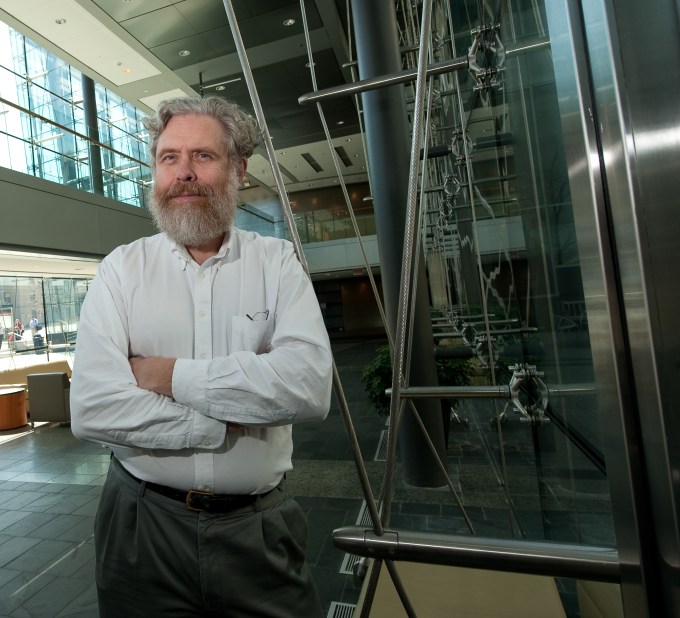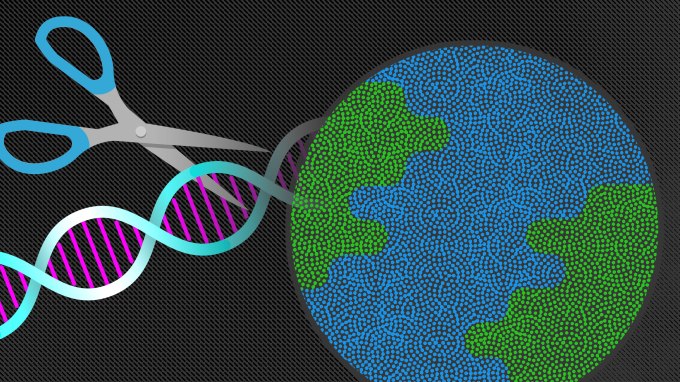 Stem cells derived from a human placenta hold the key to unlocking a myriad of potentials in regenerative medicine and are the focus of X-Prize and Singularity University founder Peter Diamandis’ new endeavor. Called Celularity, the startup is a spinout from Celgene, a global biopharmaceutical company creating gene therapies. Diamandis teamed up with Dr. Robert Hariri, the founder of… Read More
Stem cells derived from a human placenta hold the key to unlocking a myriad of potentials in regenerative medicine and are the focus of X-Prize and Singularity University founder Peter Diamandis’ new endeavor. Called Celularity, the startup is a spinout from Celgene, a global biopharmaceutical company creating gene therapies. Diamandis teamed up with Dr. Robert Hariri, the founder of… Read More
Category: biology
Human sequencing pioneer George Church wants to give you the power to sell your DNA on the blockchain
 The blockchain is the buzziest thing on the internet these days and now MIT professor and godfather of the Human Genome Project George Church wants to put your genes on it.
The blockchain is the buzziest thing on the internet these days and now MIT professor and godfather of the Human Genome Project George Church wants to put your genes on it.
His new startup Nebula Genomics plans to sequence your genome for under $1,000 (the current going rate of whole genome sequencing) and then add your data to the blockchain through the purchase of a “Nebula… Read More
Cloned monkeys born in Chinese lab pave way for new medical studies
/https%3A%2F%2Fblueprint-api-production.s3.amazonaws.com%2Fuploads%2Fcard%2Fimage%2F699666%2F6dac87fc-0d20-4876-9fbf-9800d1eebf18.jpg)
Primates have been cloned before, but this is the first time monkeys were duplicated using the same technique — called somatic cell nuclear transfer —that scientists used to clone Dolly the sheep, in 1996.
Beyond the obvious scientific achievement — whose results were published today in the journal Cell — the important advancement here is that these scientists plan to produce more cloned monkeys in the coming months, and believe they can make primate cloning relatively cheap. The scientists underscore that these genetically identical animals, akin to identical human twins, are to be used only to advance human medicine. Read more…
More about Science, Primate, Medicine, Biology, and Genes
View More Cloned monkeys born in Chinese lab pave way for new medical studiesWhile the U.S. waits, China has been CRISPRing human cancer patients since 2015
 While the U.S. is just gearing up to the idea of CRISPRing its first humans, China seems to be benefiting from the “move fast and break things” — or cut them with the CRISPR scissors — motto. As The Wall Street Journal reports, China has already gene-edited 86 people using CRISPR-Cas9 since 2015. Unhindered by rules and regulations like the ones we have in America… Read More
While the U.S. is just gearing up to the idea of CRISPRing its first humans, China seems to be benefiting from the “move fast and break things” — or cut them with the CRISPR scissors — motto. As The Wall Street Journal reports, China has already gene-edited 86 people using CRISPR-Cas9 since 2015. Unhindered by rules and regulations like the ones we have in America… Read More
This small robotic stingray could be the future of biological bots
 What do you get when you smush a bunch off live heart cells, specialized biomaterials, and electrodes into a tiny, stingray-shaped package? If you said “lunch” than you’re wrong. Instead, you get the first example of bioinspired robotic systems that can imitate nature using both electrical and organic components. The resulting project – a 10mm long robot that can swim… Read More
What do you get when you smush a bunch off live heart cells, specialized biomaterials, and electrodes into a tiny, stingray-shaped package? If you said “lunch” than you’re wrong. Instead, you get the first example of bioinspired robotic systems that can imitate nature using both electrical and organic components. The resulting project – a 10mm long robot that can swim… Read More

